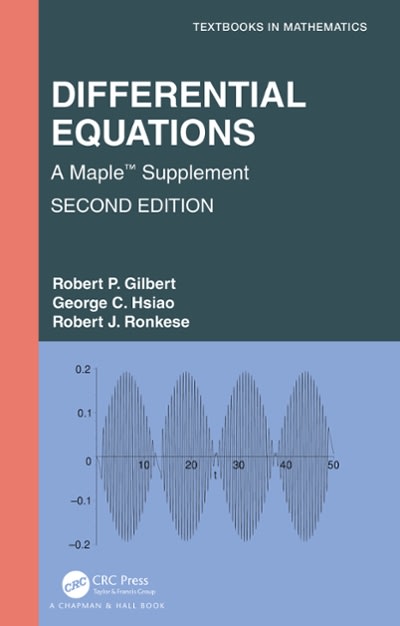can you please send the answer a little bit faster
Random samples of people ages 15-24 and of people ages 25-34 were asked about their preferred method of (remote) communication with friend The respondents were asked to select one of the methods from the following list: cell phone, instant message, e-mail, other. Preferred Communication Method Age Cell Phone Instant Message Email Other Row Total 15-24 50 42 100 25-34 43 30 13 14 100 Column Total 93 72 16 19 200 (i) Make a cluster bar graph showing the percentages in each age group who selected each method. (In the graphs, cyan represents ages 15-24, and gray represents ages 25-34.) 60 60 50 50% 42% 43% 13% 42% 40 40 30 9 Percentage 30 Percentage 30 20 20 14% 13 % 13% 14% 10- 10 15% 5% 3% Cell phone Instmessage E-mail Other Comm Cell phone Instmessage E-mail Other Comm Communication Preference Communication Preference 60 60 50 25% 50 25 % 21 % 22 % 22 % 21 % 40- 40 15 % 15% Percentage 30 Percentage 30 20 20 7% 7% 7% 10 10 3% 3% 2 9% Cell phone Instmessage E-mail Other Comm . Cell phone Instmessage E-mail Other Comm Communication Preference Communication Preference (ii) Test whether the two populations share the same proportions of preferences for each type of communication method. Use a = 0.05. (a) What is the level of significance? State the null and alternate hypotheses. Ho: Different proportion of communication preference for each age group. H1: Different proportion of communication preference for each age group. Ho: Different proportion of communication preference for each age group. H,: Same proportion of communication preference for each age group. Ho: Same proportion of communication preference for each age group. H,: Different proportion of communication preference for each age group. Ho: Same proportion of communication preference for each age group. H1: Same proportion of communication preference for each age group. (b) Find the value of the chi-square statistic for the sample. (Round the expected frequencies to at least three decimal places. Round the test statistic to three decimal places.) Are all the expected frequencies greater than 5? Yes No What sampling distribution will you use? normal chi-square uniform binomial Student's t What are the degrees of freedom? A (c) Find or estimate the P-value of the sampi .atistic. (Round your answer to three decimal places.) p-value > 0.100







